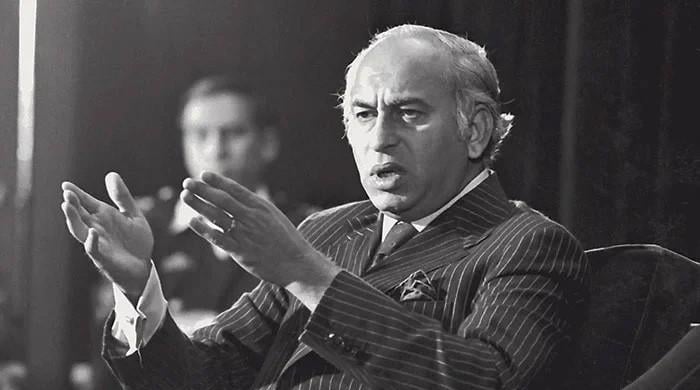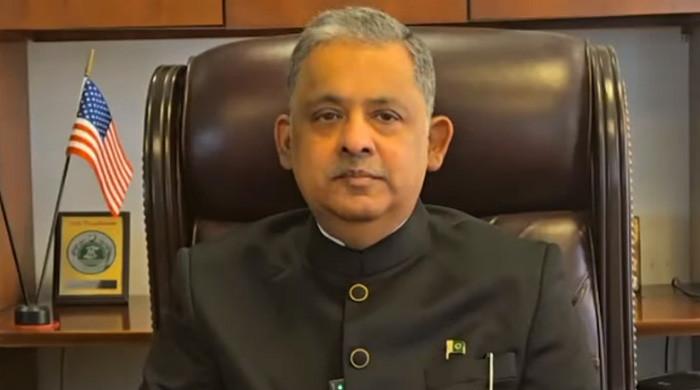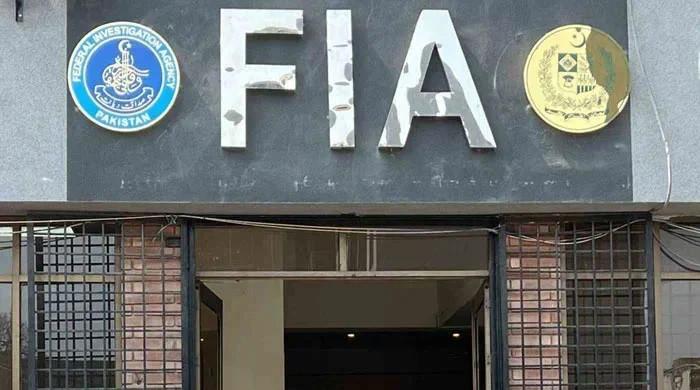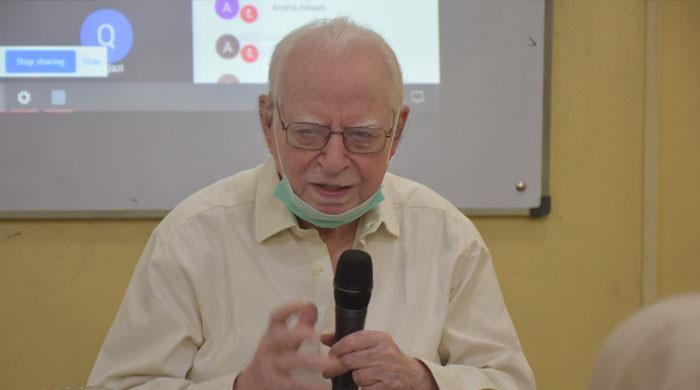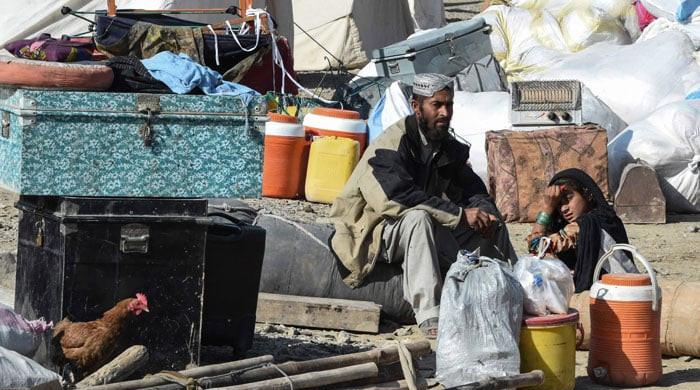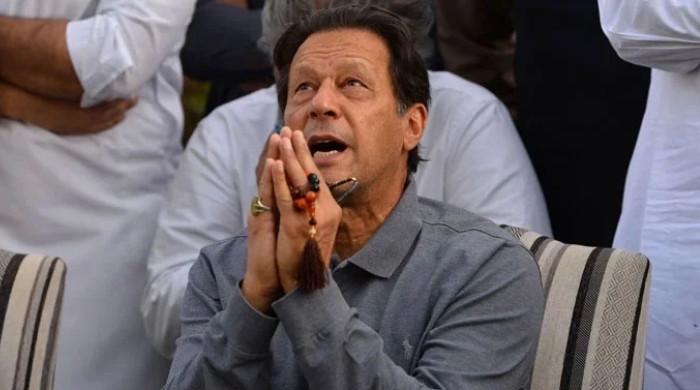44% children in Sindh are out-of-school, study shows
Study reveals that 95% children between ages of 5 to 16 in Sindh have never attended schools
September 12, 2021
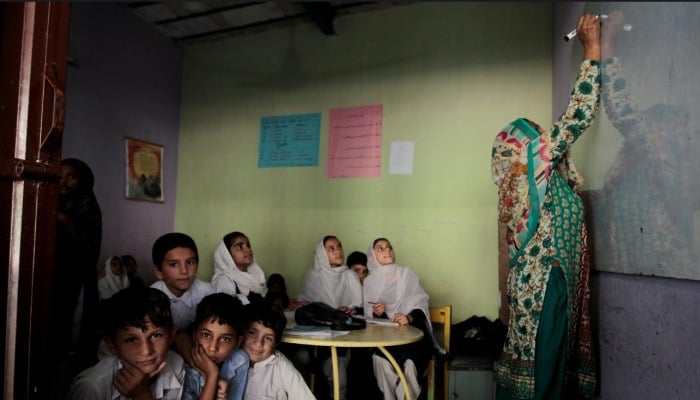
A study by Pak Alliance for Maths and Science has revealed that almost 6.5 million children between 5 to 16 years in Sindh are not attending school, The News reported Sunday.
The study titled ‘The Missing Third — An out-of-school study of Pakistani 5-16 year-olds’, revealed that almost 44% of the total children in the province are out of school.
“The total population of five to 16-year-old [children] in Sindh is 14,675,864. [And] 44% of this population is reported [to be] out-of-school. This amounts to a total of 6,484,007 children unable to go to school in the province,” the study claims.
The study further revealed that almost 100% of such five-year-old children have never been to school and only 63% of children who are 16 have been to school.
The study added that the dropout rate of children increases with age, specifically between the ages of 10 to 11 and 14 to 16.
The study further highlighted the reasons for the low rate of children in school and stated that the basic factor is that 95% of the out-of-school children have never attended schools, while 30% are unwilling to go to school.
The study also showed that 19% of the children cannot go to school as they are required to help with work at home and outside.
Burden on Schools
It was further reported that out of 29 districts in Sindh, 21 have more than 44% of children that are out-of-school. However, state-run schools have a significantly higher enrollment rate with at least 70% or more children enrolled in government schools.
Fourteen out of 29 districts in the province have been identified as "highly state-dependent" districts for the provision of education.
The districts include Thatta, Kashmore, Tando Muhammad Khan, Sujawal, Badin, Shikarpur, Jacobabad, Tharparkar, Larkana, Mirpurkhas, Kamber-Shahdadkot, Umerkot, Matiari and Shaheed Benazirabad.
These districts are home to 3,295,008 out-of-school children, which accounts for 51% of the total out-of-school children population in Sindh.
Within Karachi, more than half of the students in the six districts attend private schools. Karachi’s Korangi district has the highest proportion of children enrolled in private schools at 75%.
On the other hand, more than 80% of children in 15 districts of Sindh attend government schools.
The highest proportion of students who attend madrasas is in Tharparkar district with 10%, followed by Karachi’s District West with 6% and Karachi’s District East with 5%.
Out-of-school children according to districts
Citing the latest data issued by the Pakistan Bureau of Statistics, the study says that 13 of the 29 districts of Sindh have an out-of-school children rate of more than 50%.
While seven districts have the lowest out-of-school children rate in Sindh, including Hyderabad and the six districts of Karachi.
Thatta is ranked the worst in terms of the out-of-school children rate, with 71% of children not attending school. Kashmore has an out-of-school children rate of 63%, Tando Muhammad Khan has 66%, Sujawal 65% and Badin 63%.
In the Karachi region, District Malir has the highest out-of-school children rate at 38%, District West has 30% and District Korangi has 23%.
In Karachi's District East and District South, 22% of children do not attend school. District Central of Karachi has the lowest ratio of out-of-school children.
Karachi’s District West has an equal proportion of boys and girls who are not attending schools.
It was further reported that 17 districts in Sindh have more out-of-school girls than boys as opposed to 11 districts with more boys out-of-school.
Policy implications
The report concluded that after Balochistan, Sindh has the second-highest proportion of 16-year-old children who have never attended school.
This means that Sindh has a large population of young adults who have never been to school.
“The necessary steps include radical improvements in early years enrolments and first-time enrolments for fast track programs for children between the ages of 10 and 16,” the study recommends.
Analysing the statistics, the study suggests that there is a need to enrol children through drives and campaigns at early ages while developing programmes to curtail dropouts among higher age groups.




